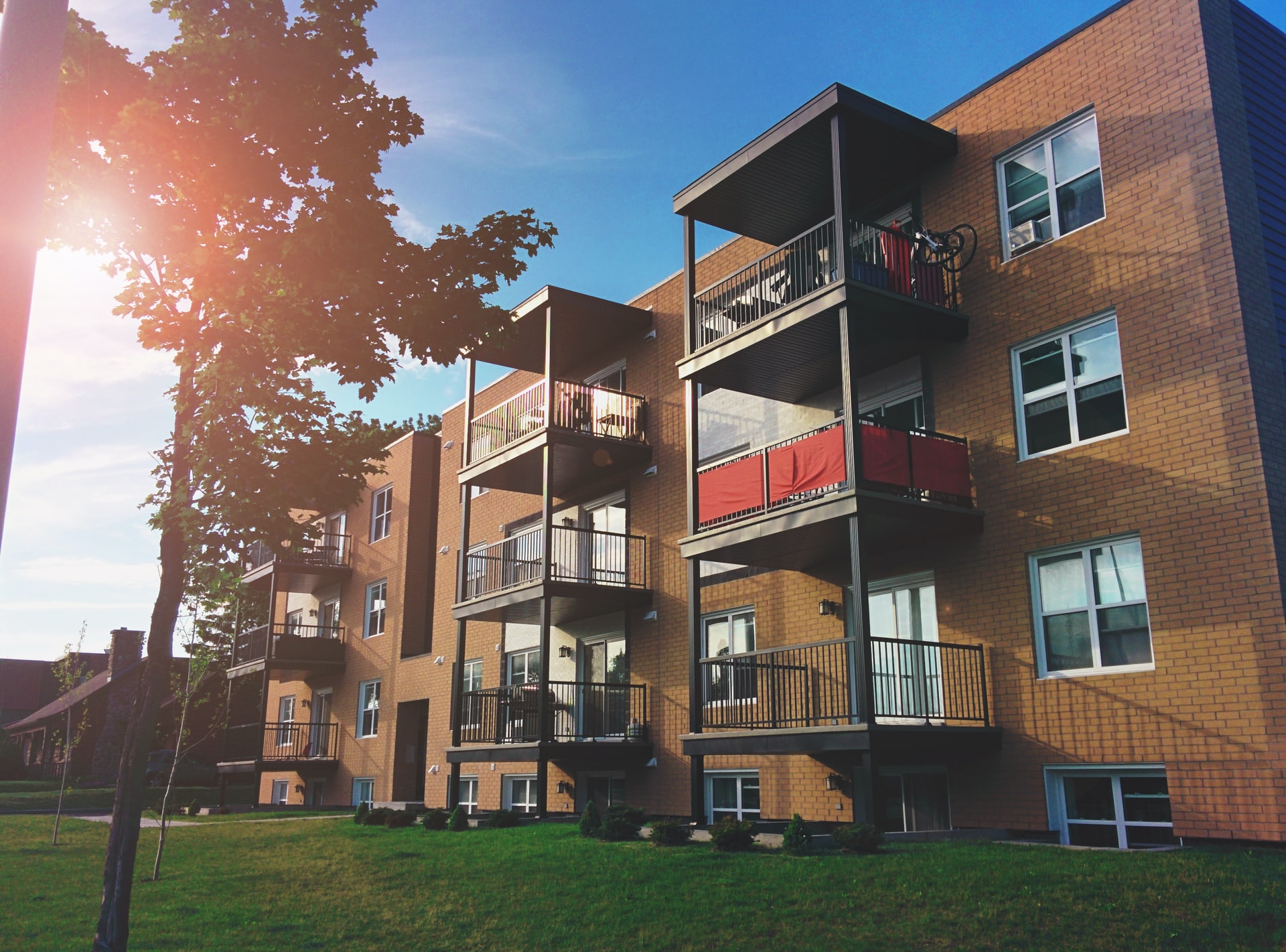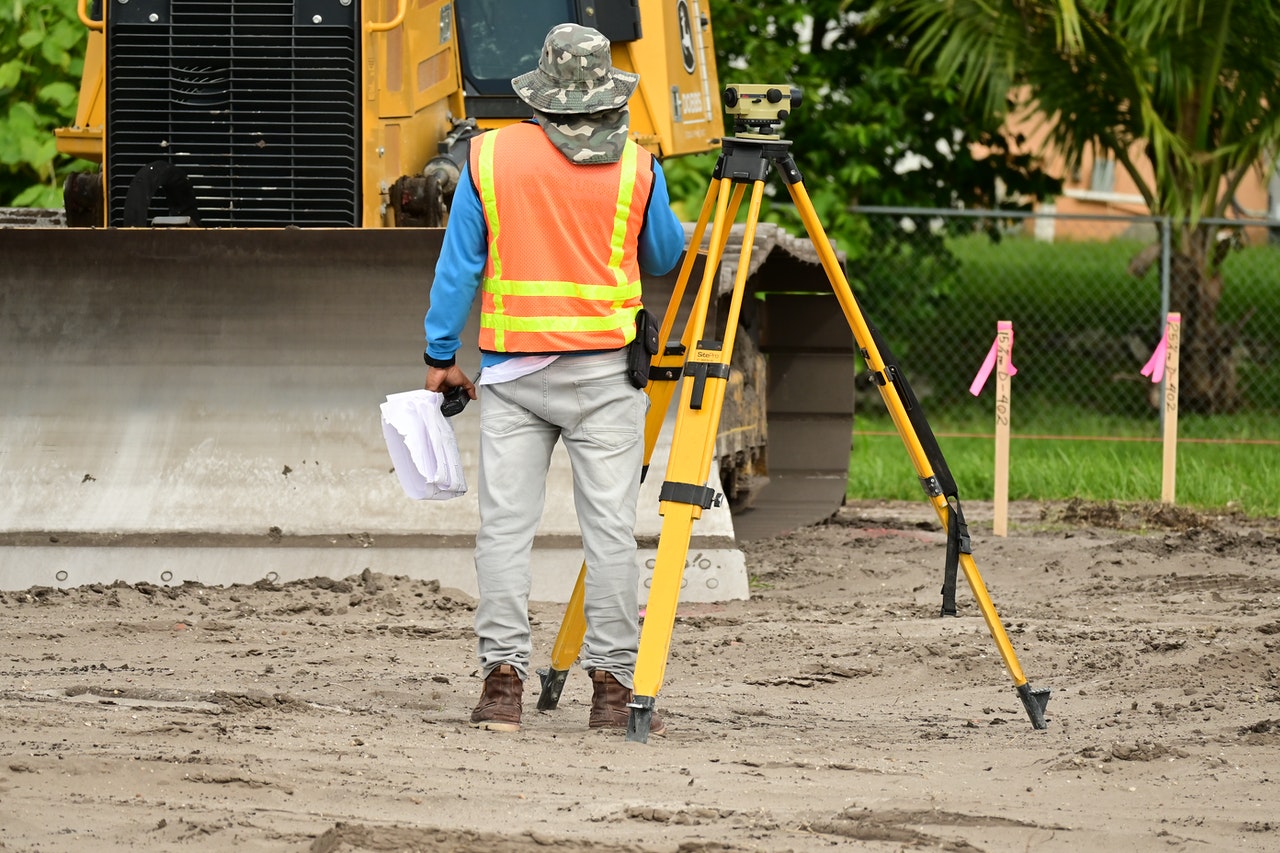Are you wanting to build muscle and gain strength, but are not seeing the fruits of your labor? Keep reading for 4 tricks that will help you gain muscle whether you are a beginner or already shredded.
- Volume and Intensity to Tire Your Muscles
Adjust your volume and your intensity according to you and what your needs are. The best recipe for results is high volume with medium intensity.
For beginners, “volume” refers to the number of sets and reps you do. “Rep” is the number of times you perform/repeat an exercise. A “set” is the number of reps you complete. For example, if you are asked to squat “4 sets of 20 reps” it means that you squat 20 times, rest, and repeat this three more times, a total of 4. “Intensity” refers to how much weight you use. For weighted training sets, it is recommended that you do 10-15 reps with 45 seconds to 1-minute breaks between each set.
For a little extra intensity, consider using products such as weighted vests. Used by power athletes and Olympic lifters, these vests offer some great benefits. By the weights being attached to your upper body you are able to activate muscles from your natural center of gravity, which is better than, say, doing pull-ups with weights hanging from a dip belt below you. People can actually handle more weight higher up their body than lower down, which is why this weighted vest helps you gain strength better by tiring your muscles faster. Tiring your muscles is good practice to build bigger muscles faster. Try to push each set you do to near “failure.” This means that you have pushed and are near to your limit.
- Pick the Right Exercises and Pace Yourself
Make sure that you are using the right exercises for the types of muscles you are trying to build. The top 3 for weight training are the squat, the deadlift, and the bench press. These should be included in one form or another, as they help to build strength and bulk, and condition the body.
Exercises need to challenge your muscles to generate growth. You do, however, need to pace yourself. Don’t spoil your progress by increasing weights too quickly, or too slowly. If you do things too quickly you run the risk of injury. But increasing weights too slowly will mask your progress making your results come to a standstill.
The best way to balance your pace is to look at the amount of effort you are exerting. If you are executing your exercises with perfect form and the last reps feel as easy as the first, the time has come for something heavier.
- Train for Hypertrophy
Hypertrophy is an increase and the growth of muscle cells. In movement, we experience eccentric and concentric phases. To increase hypertrophy, you can focus on the two of these in two different ways.
The eccentric phase is usually the easy part of the exercise. The eccentric phase of a push-up is when you are moving down towards the ground. The concentric phase is considered the heavy lifting where you do, well, the heavy lifting. A push-up is when you push yourself back up from the ground.
For maximum hypertrophy, slow down the eccentric phase and power through the concentric phase. Take 3 or 4 seconds to complete the eccentric phase of an exercise and try to complete the concentric phase quickly and with power.
- Nutrition
It is important to remember that muscle gain is not purely about what physical duress you put your body through and is not a closed circuit of physical exercise. What you put into your body before and after exercising affects your exercise results and efficiency.
If you are lifting weights you need to be consuming more protein to assist with muscle repair, recovery, and growth. Eating protein helps you get important amino acids, which you need to build more muscle tissue. This is why protein shakes are highly popular among those who are trying to build muscles.
20 grams (0.7 oz) of protein per meal is generally accepted as the optimal amount needed for muscle growth. The body is not really able to digest more than this per sitting. You should aim for 80 grams of protein a day. 4 meals of 20 grams are considered right for most people.
With the above information, you now know that simple changes and a better understanding of what needs to happen to your body during certain points in exercise will help you gain muscle and strength better and faster than before.






































